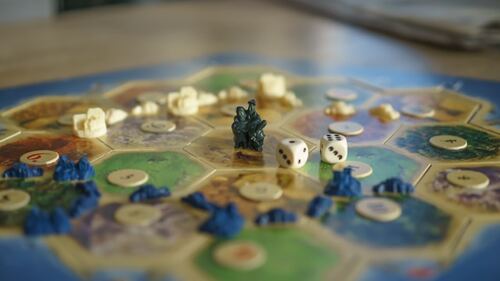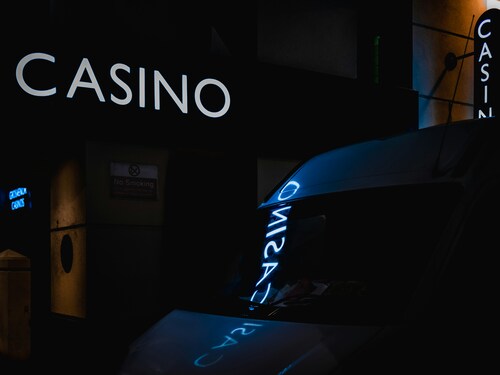Creating a board game is an exciting adventure—but transforming your concept into a physical product that sits proudly on game store shelves takes more than creative mechanics and beautiful artwork. It takes a production pipeline built on precision, experience, and strategic decisions. If you’re preparing to manufacture your own game, understanding the full journey inside a board game factory will give you a critical edge.
Why This Matters to You
Whether you’re launching on Kickstarter or planning a direct-to-retail release, knowing how your game gets made helps you:
- Avoid costly missteps in design and budgeting
- Choose the right components to delight players
- Meet safety regulations and environmental standards
- Deliver your game on time, within budget, and in top quality
Let’s walk through the behind-the-scenes process, so you can confidently navigate your board game’s production path.
Step 1: Prototyping & Preparation
Your game begins in concept form: rulebooks, art files, and component outlines. This phase sets the tone for everything that follows. Professional manufacturers offer support by reviewing your files, catching errors early, and helping format your designs for mass production.
You’ll finalize:
- Card sizes and materials (paper stock, lamination)
- Game boards (folded options, linen finish, neoprene)
- Player boards and tokens (cardboard vs. wood vs. acrylic)
- Dice, miniatures, or unique accessories like sand timers
Pro tip: Always include a 3mm bleed in your artwork to ensure crisp edges after cutting, and keep text at least 2mm from any trim lines.
Step 2: Sourcing Components
One of the biggest advantages of working with a board game factory in China is the access to local materials and tools. Many factories, like Hero Time in Yiwu, offer everything from corrugated paper boxes to precision-cut miniatures, all under one roof.
Here’s why this benefits you:
- Faster turnaround (no import delays on components)
- Lower costs (raw materials are locally sourced)
- Greater customization (hundreds of token shapes, box sizes, and finishes)
For instance, whether you need embossed gold foil card backs or magnetic flip boxes, selecting the right components upfront ensures a premium experience for your players and helps your game stand out in a crowded market.
Step 3: Safety Testing & Quality Control
You want your players—especially families and kids—to enjoy your game safely. That’s why working with certified manufacturers is essential. A good factory will guide you through certifications like:
- EN71 / ASTM safety standards
- Disney FAMA compliance
- FSC environmental certification
- ISO and BSCI for labor and management ethics
Avoid choosing a vendor that lacks third-party safety tests or skips internal quality checks. Low-quality materials or rushed production can result in warping boards, misprinted cards, or unsafe components—hurting your brand and losing customer trust.
Step 4: Assembly & Packaging
Now it’s time to put everything together. The factory will print, cut, glue, and fold your game components. Then, it’s time for box packing—an art in itself. You’ll need to:
- Choose between vacuum-form inserts, cardboard trays, or minimalist packaging
- Decide on shrink wrapping or seal stickers
- Add instruction sheets or rulebooks, ensuring they fit perfectly inside the box
Packaging isn’t just about protection—it enhances the unboxing experience. Backers and buyers notice good design choices, and it improves your chances of getting shared on social media or reviewed by influencers.
Step 5: Logistics & Fulfillment
Once your games are packed, they’re ready to be shipped to global destinations. One major reason designers manufacture in China is its excellent shipping infrastructure. From Hero Time’s factory, your games can be sent directly to fulfillment centers in the US, Europe, or Asia with minimal hassle.
Avoid these pitfalls:
- Not planning shipping costs in your campaign budget
- Misunderstanding customs regulations or duties
- Underestimating fulfillment complexity (especially with stretch goals or add-ons)
Plan your logistics well in advance and use a factory that supports integrated shipping solutions or has partnerships with fulfillment providers.
Final Thoughts: Your Game, Done Right
Manufacturing a board game involves much more than pushing print. From material selection to final shipping, every decision you make affects your costs, delivery time, customer satisfaction, and overall game quality.
By understanding how a board game factory operates and what to expect at each step, you can avoid stress, save money, and ensure a smoother path to market.
Tips to remember:
- Choose certified manufacturers who are transparent and communicative.
- Use detailed production guides and checklists to align your files and game specs.
- Balance premium components with cost-effective options that don’t sacrifice quality.
- Don’t leave shipping and fulfillment as an afterthought—build it into your early strategy.
A great game deserves a great production. When you partner with an experienced manufacturer that offers full support, your vision can come to life in the hands of players around the world.
Ready to bring your board game to life the right way? Let Hero Time guide you through the process from the first draft to the final shipment.










